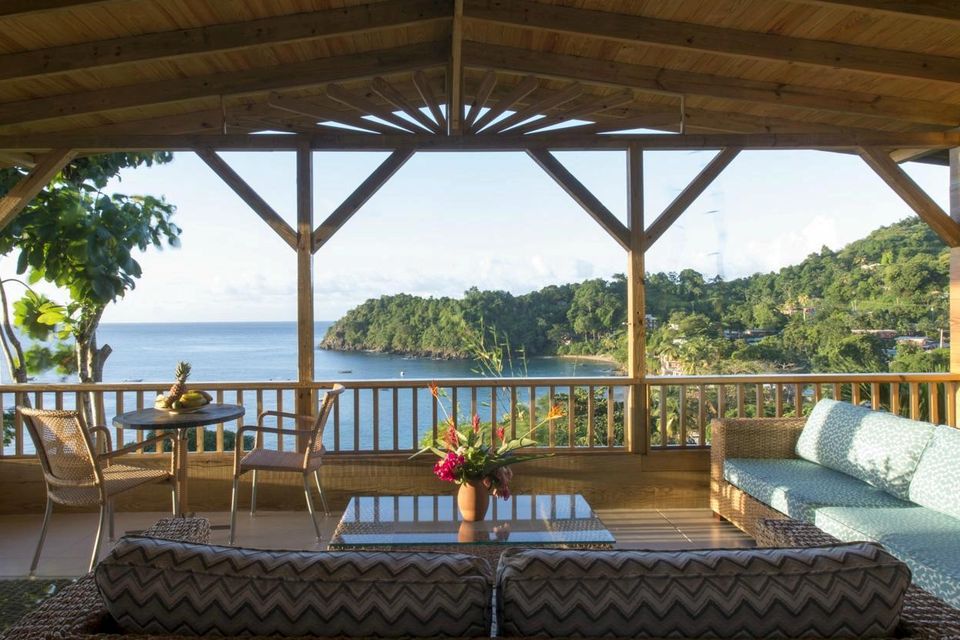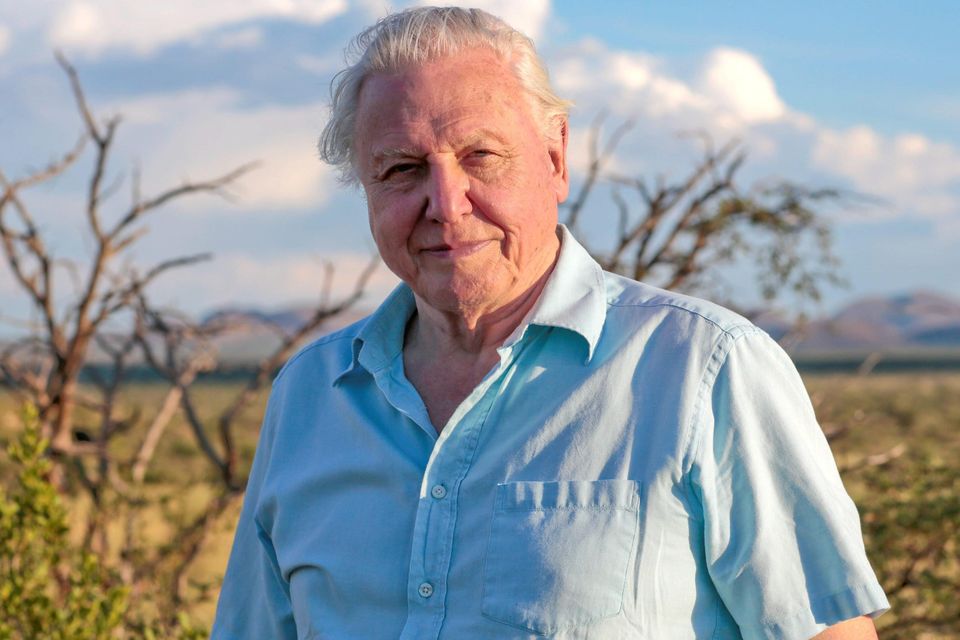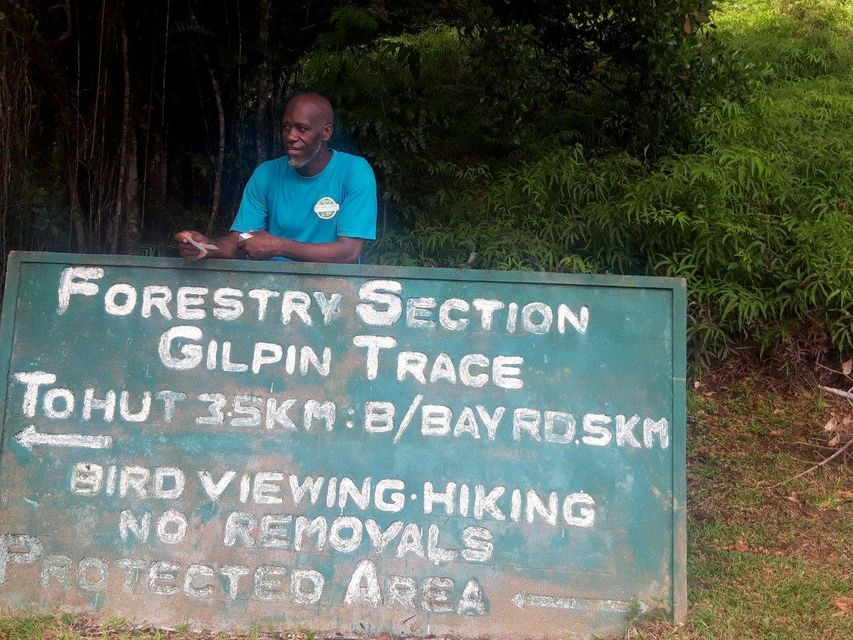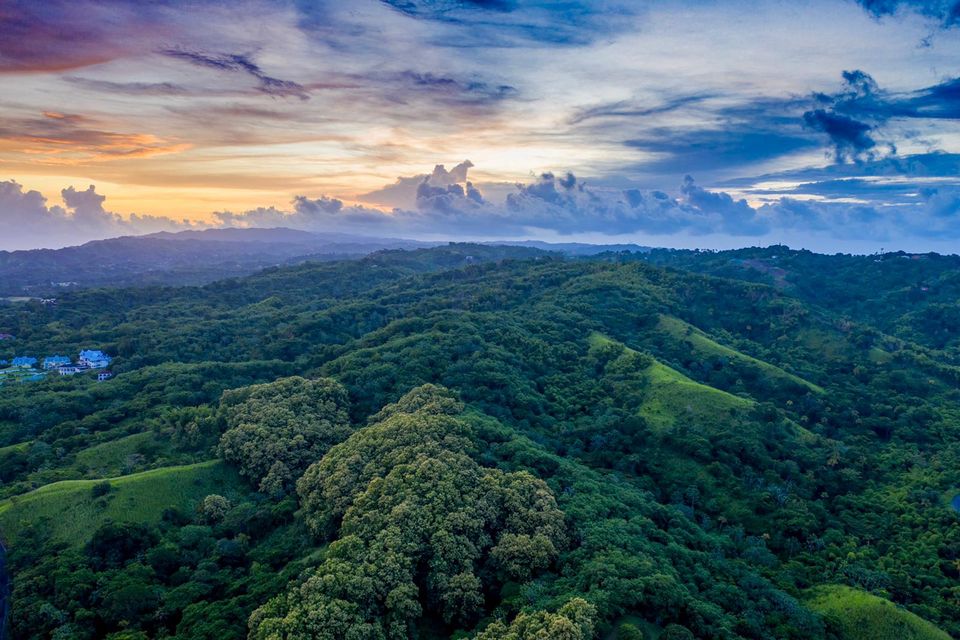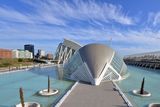Tobago: Island of the enchanted forest
Tobago has stunning beaches and a colourful culture — but its rainforest and diving make it a paradise, says Darina Fahy
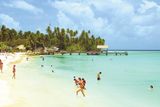


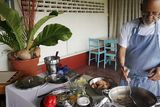



Tobago’s beautiful rainforests are a conservationist’s idyll, a naturalist’s paradise and a birdwatcher’s skyline heaven. And trust me, or go see for yourself, those who pass this way will never again think about this planet in the same way...
Tobago’s ecosystem is special; the first natural habitat in the world to be protected by law (by UK parliament in 1776). Wonderfully, this protection comes a full century before a German botanist coined the term “tropische renewals” — tropical rainforest — in 1898.
The Caribbean island is home to respected scientists and conservationists, such as William Trim.
Respected? Trim is David Attenborough’s go-to man on rainforests. He has been in Attenborough specials and, indeed, features on a National Geographic documentary, due out soon.
What is palpable in the air and on the trade winds are the birds of this paradise — an ornithology of wondrous colour, colonies of all shapes and sizes, 267 species at last count. There are hawks and pelicans and wrens and motmots darting, swooping and gliding on an island where you can also appreciate and gasp at a rare sighting of a Cape Verde shearwater seabird.
Eco guide William Trim is David Attenborough’s go-to man on rainforests
Nature preserves, such as the 10-acre Argos Vale Road Adventure Farm and Nature Reserve (Adventure-Ecovillas.com), even make it is possible to stand amid hundreds of feeding hummingbirds, including the cooper rump, ruby-topaz, white-necked jacobin and rufus-breasted hermit. Watching them is a spectacularly colourful thing.
Hearing one of those little creatures fizzing past your ear, the arriving ‘vroom’ and trailing-off ‘whoosh’, is a thing of beauty.
Back in another part of the forest, out guide Trim is a rock star in the naturalist world, and accompanies my colleagues and I on a 9k walk through the habitat. One moment, he is calling out in response to bird chimes to encourage them to show themselves, the next, he’s spotting frogs and mushrooms on the ground, or looking up to point at a hawk staring silently down at us.
Wonderfully, he can relate the ‘Dr Livingston’s I presume’ tale, talking of how he was moving deep in the equatorial rainforest in Guinea when a woman recognised him, saying, “Dr Trim I presume?” and stopped him for a chat.
Irish tourists can have their own ‘Livingstone’ moment down the road at the Corbin Reserve, where long-time Skibbereen-based Ian Wright is co-director of a nature reserve he treats as his back garden.
Corbin Reserve houses Cayman lizards, armadillos, red squirrels, parrots, opossums, and various snakes — including boa constrictors — in, essentially, the closest thing tourists will get a ‘petting zoo’.
As Wright is speaking, he keeps a wary eye on a Trinidad-caught wild cat — an ocelot which, having been found in the possession of a trafficking hunter, was brought to this sanctuary, presumably while the poacher was being redirected to a penitentiary.
“We take in any distressed animals for rehabilitation with the hope of releasing them back into the wild. We are part wildlife habitat, part hospital, part rescue service and transit-camp — and if we can help them breed while here, all the better,” says Wright.
He is a naturalist who freely admits to being unqualified academically — he could not tell you the Latin names of any of the things he cares about. Rather, he sees himself as an activist and marvels at 2019 sensation Greta Thunberg.
Tobago: The lively Carnivale
“There is no doubt the National Geographic magazine and the BBC programmes were wonderful studies of nature, but they were always concentrating on the beauty and the magic, and not on the conservation,” Wright says.
“Both have thankfully changed tack in the last half of the decade and are to the forefront of the eco-warrior platform, which is fantastic. David Attenborough has become wonderfully angry and he is someone who can get heard.”
Wright is the subject of a recently released documentary Habitat by Ballyheigue director Brendan O’Neill, which is expected to be an award-winning Irish film of the year.
Disarmingly, London-born Wright describes himself as a ‘Birkenstock hippie’, albeit one whose hippie trail went not east to Kathmandu or Goa, but west to Skibbereen and, latterly, Tobago.
“I really thought the planet was in real trouble around 1972, and we were evolving into saving and making a difference by milking our own cows and rearing pigs and looking after the land by not using chemicals on it,” he says.
“I’ve spent over 30 years in Ireland and really loved Skibbereen, but was genuinely scared. The longer I stayed, the more angry I got as the Irish habitat started disappearing at one of the fastest rates in the world.”
Wright uses a phase ‘Silent Spring’ to partly describe what he sees as a bio-diversity disaster. “Ninety percent of Ireland’s soil is now too sick to plant a tree in,” he says. “We have lost countless species in the last decade. The snipe has disappeared completely, the barn owl is now very rare — and he did an important job in clearing rodents. The bittern is very rare. Also, think back 30 years and Ireland was filled with butterflies — where are they now?”
Wright has fast become a premier-league conservationist and it is no accident that he is here in this story with William Trim and David Attenborough.
“I left Ireland because I had become an angry man. My job as a sculptor meant I was able to pay for my love of nature, but when I came to Tobago, my wife got off the plane and just said ‘I’m home’ and I accepted that.
“I spend eight months here every year, mostly on my hands and knees digging and building and erecting fencing, and it pains me when I go home from here to a ‘Silent Spring’ effect in Ireland.”
Wright, standing here in Tobago, doesn’t just have to point to a biodiversity disaster half-way round the world — nearby Grenada, he says, has been virtually destroyed as a habitat.
“I went there recently and described how I had heard 17 birds, and people were in contact saying, ‘Wow! That’s brilliant news. Could you list them for us because we didn’t know there were that many species left?’
“It broke my heart to have to tell them, ‘No, I didn’t hear 17 species, I just heard a total of 17 birds...”
But for Tobagonians, living with nature has become a needs-must. The island comprises just 116 square miles and caters for a population of 60,000.
Everything needs to be balanced as Errol Roach, perhaps the island’s most dashing of boat captains, and the skipper of a 28-foot fishing boat, points out. He is as practiced at spotting dolphin schools and giant turtles as he is at monitoring coral, coastal flora and fauna.
“Look,” he says, a mile out to sea, pointing at the Pigeon Point coastline’s profusion of palm, almond, seagrapes and other trees that backdrop the sandy beaches. “One of those that can be seen as we go along is the manchineel tree, which is very, very poisonous. If you eat the fruit, you can go blind. If you sit under it, the water and the sap dripping down can burn and blister you.
“But it is one of the most important trees in our system, as its roots suck in and thrive on salt from the seas which, in turn, prevents erosion. Without them, the island would be leaking into back into the sea.”
Fallen coastal manchineels are of such concern that skippers such as Roche report any loss immediately to the authorities, in order to get them replaced immediately.
Conservation is hard work for the committed, but it needs to be hard work for us all, it seems.
TOBAGO TOP 10
1. Sunday School — This may well be the most famous night of free music in the entire Caribbean. Opening with a live steel band, the party continues into the morning with DJs.
2. Blue Crab Restaurant, Scarborough — This features prominently in Ainsley Harriott’s Caribbean cookery show and is run by the wonderful Auntie Allison (who brings dance moves, marriage advice, general wise-cracking and a sunshine smile). The restaurant offers local cuisine with a gourmet touch.
3. Miss Sylvia’s, Store Bay, Crown Point — Also featured on Ainsley’s Caribbean Kitchen, this has a reputation as a ‘super’ take-out, offering local delicacies. It’s situated in the Store Park, adjacent to the island’s finest beach — queue up, buy and eat al fresco!
4. Seahorse Inn, Mount Irvine — This eatery enjoys an unbelievable setting. Dine inside the building’s oasis of palm trees and fauna, overlooking the Atlantic coast’s waves.
5. River swim — Take a river water swim at the base of the rushing Argyle waterfall, which tumbles from 54metres high and is situated 15 minutes deep into Tobago’s Roxborough Estate.
6. Carnivale — Taking place in February, Tobago’s celebrations are considered the most colourful and best among the Caribbean islands. Goat racing is a traditional event, with the jockeys running directly behind their charges, but only takes place on Easter weekend.
7. Buccoo Reef — This runs for about 12km off Pigeon Point and has the island’s most heavily visited collection of corals, showcasing elk horn, hard stag, purple sea-fans and peach-coloured fire — and all teeming with brilliantly coloured local fish.
8. The Nylon Pool — Party at this one-metre-deep venue, where you can enjoy a cocktail, smack in the middle of the Caribbean Sea!
9. Go golfing — There are two courses, both located near the airport. The 18-hole, undulating, multi-water feature Mount Irvine (est 1968, par 72) resort can act as a single base for activities for the whole family. Meanwhile, Grange Beach is on the Atlantic side and can be a lot stiffer when the wind is up!
10. Castara Retreats — This resort consists of 17 hillside buildings/lodges interlinked by steps and stairs, each more charming than the last. It features a centrepiece restaurant. Down below, there is a traditional fishing village with a night-time beach that features steel pans (drums) and nightly bonfires.
Get there
British Airways flies from
Gatwick to Tobago from about €556 return; Virgin Atlantic flies from Gatwick from €580 return.
Where to stay
Mount Irvine: A week on the resort, which has a golf course attached, with BA Holidays is priced from about €1,130pps for a week’s B&B accommodation, with return flights from Gatwick — based on two people sharing. (mtirvine.com)
A room at Castara Retreats in Tobago
Castara Retreats: Rates are from €110 per night (sleeping two) or €860 for a seven-night stay, accommodation only. Hayes & Jarvis (hayesandjarvis.ie) offers a seven-night stay from €1,640, including flights, transfers and accommodation. (castararetreat.com)
Kariwak Holistic Haven: A week with BA Holidays is priced from €1,399pps for a week’s B&B accommodation, including daily yoga and return flights from Gatwick — based on two people sharing. (kariwak.com)
More information
See tobagobeyond.com or search for the hashtags
#101reasonstobago, and
#Unspoilt-Untouched-Undiscovered on social media.
Tobago’s rainforest
Further learning
To learn more about Tobago’s ecosystem, see Natural Geographic magazine issue 101, and check out
David Attenborough’s forthcoming
Natural Geographic documentary Habitat, due for release in March 2020.
Join the Irish Independent WhatsApp channel
Stay up to date with all the latest news




